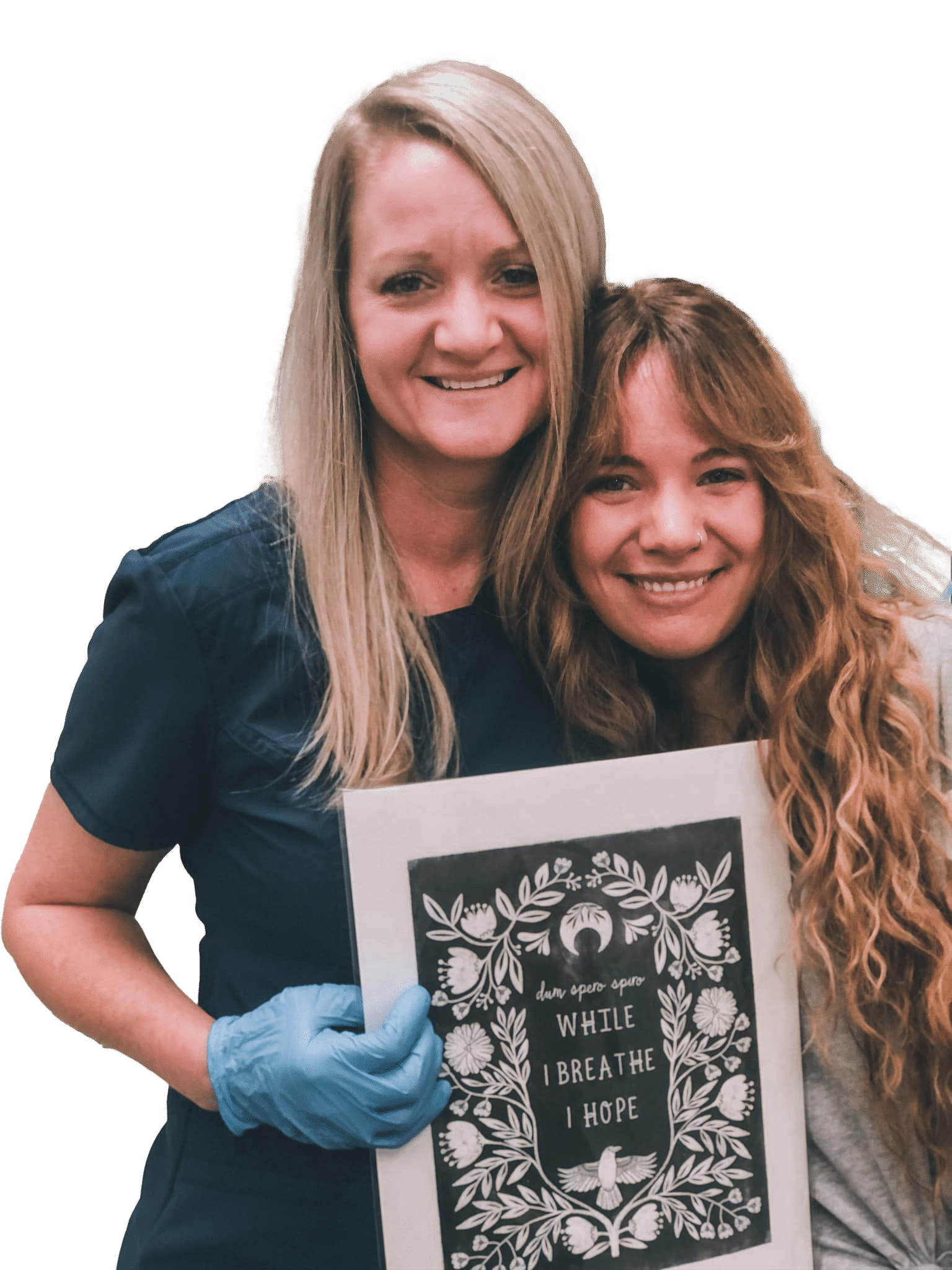CRPS (Complex Regional Pain Syndrome) triggers and catalysts refer to various factors, events, or conditions that can exacerbate or activate the symptoms of CRPS in individuals who are already predisposed to the condition. These triggers and catalysts can lead to an escalation of pain, inflammation, and other manifestations of CRPS.
While CRPS is a complex condition with multiple contributing factors, certain triggers and catalysts may include:
Physical Injury or Trauma:
A specific injury, surgery, or trauma can act as a trigger for CRPS. Even minor injuries may lead to an abnormal response in the nervous system and contribute to the development of CRPS.
- Neck injury
- Spinal injury
- Fractures, one of the most common cause of CRPS, especially wrist fractures ( distal radius fractures)
- Sprains and strains (such as, CRPS after an ankle sprain)
- Burns and cuts
- Deep wounds and lacerations
- Limb immobilization (such as wearing a cast)
Please note that the force of the impact or the time that has gone by since the injury often has no effect on the extent of the injury.
Surgery or Medical Procedures:
Surgical interventions, especially those involving nerves or joints, can potentially initiate or worsen CRPS symptoms. CRPS after surgery commonly seen:
- CRPS after ankle surgery
- CRPS after back surgery
- CRPS after foot surgery
- CRPS after hand surgery
- CRPS after knee surgery
- CRPS after knee replacement
- CRPS after spine surgery
- CRPS after shoulder surgery
- CRPS after wrist surgery
Additional catalysts and triggers:
- Infections: Underlying infections, such as bacterial or viral infections, can trigger an immune response that affects the nervous system and contributes to CRPS symptoms.
- Nervous System Dysregulation: Any event that disrupts the normal functioning of the nervous system, such as trauma or surgery, can serve as a catalyst for the development of CRPS.
- Genetic Predisposition: Genetic factors may make certain individuals more susceptible to developing CRPS, and specific genetic traits can contribute to the expression of symptoms.
- Inflammation: Chronic inflammation in the body, whether due to injury, infection, or other causes, can play a role in the initiation and progression of CRPS.
- Emotional Stress or Trauma: Psychological stressors or trauma may influence the nervous system's response and contribute to the manifestation of CRPS symptoms.
- Autoimmune Responses: Abnormal immune responses may contribute to the development of CRPS, as the immune system may target healthy tissue, leading to pain and inflammation.
- Temperature Changes: Exposure to extreme temperatures or changes in temperature can trigger or worsen CRPS symptoms, leading to increased pain and sensitivity.
- Movement and Activity: Certain movements or activities that stress the affected limb or area may trigger CRPS symptoms or exacerbate existing pain.
- Hormonal Fluctuations: Hormonal changes, such as those associated with menstruation or menopause, may influence the nervous system and impact CRPS symptoms.
- Underlying Health Conditions: Pre-existing health conditions, such as autoimmune disorders, may contribute to the development or worsening of CRPS.
It's important to note that individual responses to triggers and catalysts can vary widely, and not everyone exposed to these factors will develop CRPS. Understanding potential triggers and catalysts can help individuals with CRPS manage their condition and make informed decisions about their treatment and lifestyle choices.
 Spero Clinic Patient Graduation - Long Covid Piers
Spero Clinic Patient Graduation - Long Covid Piers Spero Clinic Patient Graduation - Long COVID Dylan
Spero Clinic Patient Graduation - Long COVID Dylan Spero Clinic Patient Graduation - Long COVID Clay
Spero Clinic Patient Graduation - Long COVID Clay Spero Clinic Patient Graduation - GI Issues Jacob
Spero Clinic Patient Graduation - GI Issues Jacob Spero Clinic Patient Graduation - EDS POTS Hannah
Spero Clinic Patient Graduation - EDS POTS Hannah Spero Clinic Patient Graduation - EDS POTS Gastro Emma Rose
Spero Clinic Patient Graduation - EDS POTS Gastro Emma Rose



